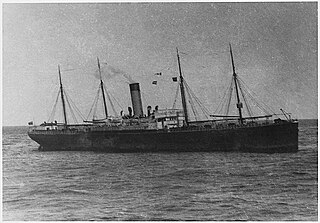
SS Californian was a British Leyland Line steamship. She is thought to have been the only ship to see the Titanic, or at least her rockets, during the sinking, but despite being the closest ship in the area, the crew took no action to assist. The United States Senate inquiry and British Wreck Commissioner's inquiry into the sinking both concluded that the Californian could have saved many or all of the lives that were lost, had a prompt response been mounted to the Titanic's distress rockets. The U.S. Senate inquiry was particularly critical of the vessel's captain, Stanley Lord, calling his inaction during the disaster "reprehensible".

Harold Sydney Bride was a British merchant seaman and the junior wireless officer on the ocean liner RMS Titanic during her ill-fated maiden voyage.

William McMaster Murdoch, RNR was a Scottish sailor, who served as a Lieutenant in the Royal Navy Reserve and was the first officer on the RMS Titanic. He was the officer in charge on the bridge when the Titanic collided with an iceberg, and was amongst the 1,500 people who died when the ship sank. The circumstances of his death have been the subject of controversy.
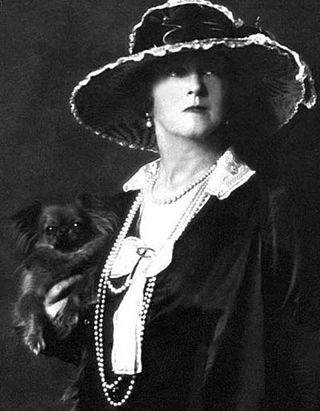
Lucy Christiana, Lady Duff-Gordon was a leading British fashion designer in the late 19th and early 20th centuries who worked under the professional name Lucile.

Sir Arthur Henry Rostron, KBE, RD, RNR was a British merchant seaman and a seagoing officer for the Cunard Line. He is best known as the captain of the ocean liner RMS Carpathia, when it rescued the survivors from the RMS Titanic after the ship sank in 1912 in the middle of the North Atlantic Ocean.

Sir Cosmo Edmund Duff-Gordon, 5th Baronet, DL was a prominent Englishman and sportsman who owned land in Scotland, best known for the controversy surrounding his escape from the sinking of the RMS Titanic.
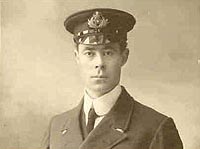
Commander Harold Godfrey Lowe, RD was a Welsh naval officer. He was also the fifth officer of the RMS Titanic, and was amongst the four of the ship's officers to survive the disaster.

Herbert John "Bert" Pitman MBE was an English Merchant Navy seaman, who was the Third Officer of RMS Titanic when it sank in the North Atlantic Ocean with heavy loss of life after striking an iceberg during the night of 14 April 1912 on its maiden voyage. Pitman was the only member of the command crew of the Titanic who was not a member of the Royal Naval Reserve.

Harold Thomas Cottam was a British wireless operator on the RMS Carpathia who fortuitously happened to receive the distress call from the sinking RMS Titanic on 15 April 1912. Cottam's decision to awaken Captain Arthur Henry Rostron and relay Titanic's message in spite of the scepticism of the officer on watch allowed Carpathia to arrive at the scene hours before any other ship and is "credited with saving hundreds of lives." He was a personal friend of the Titanic's wireless operators Harold Bride and Jack Phillips.

RMS Titanic sank on 15 April 1912 in the North Atlantic Ocean. The largest ocean liner in service at the time, Titanic was four days into her maiden voyage from Southampton to New York City, with an estimated 2,224 people on board when she struck an iceberg at 23:40 on 14 April. Her sinking two hours and forty minutes later at 02:20 ship's time on 15 April, resulted in the deaths of more than 1,500 people, making it one of the deadliest peacetime maritime disasters in history.
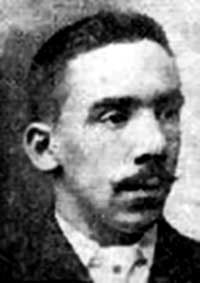
Charles John Joughin was a British-American chef, known as being the chief baker aboard the RMS Titanic. He survived the ship's sinking, and became notable for having survived in the frigid water for an exceptionally long time before being pulled onto the overturned Collapsible B lifeboat with virtually no ill effects.
A total of 2,240 people sailed on the maiden voyage of the Titanic, the second of the White Star Line's Olympic-class ocean liners, from Southampton, England, to New York City. Partway through the voyage, the ship struck an iceberg and sank in the early morning of 15 April 1912, resulting in the deaths of 1,517 passengers and crew.
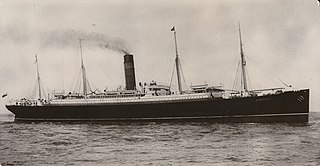
RMS Carpathia was a Cunard Line transatlantic passenger steamship built by Swan Hunter & Wigham Richardson in their shipyard in Wallsend, England.

Lifeboats played a crucial role during the sinking of the Titanic on 14–15 April 1912. The ship had 20 lifeboats that, in total, could accommodate 1,178 people, a little over half of the 2,209 on board the night it sank.
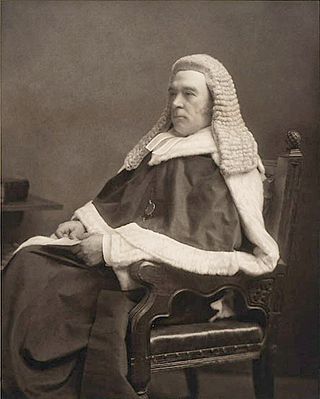
The sinking of the RMS Titanic on 15 April 1912 resulted in an inquiry by the British Wreck Commissioner on behalf of the British Board of Trade. The inquiry was overseen by High Court judge Lord Mersey, and was held in London from 2 May to 3 July 1912. The hearings took place mainly at the London Scottish Drill Hall, at 59 Buckingham Gate, London SW1.

Dickinson H. Bishop was an American businessman who traveled on board the ill-fated maiden voyage of the RMS Titanic while on his honeymoon with bride Helen, née Walton. They both survived the sinking of the Titanic on 15 April 1912.
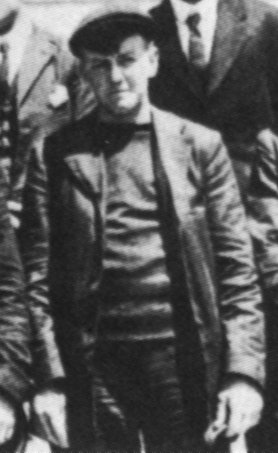
George Thomas Macdonald Symons was a British sailor who worked as a lookout on board the ill-fated RMS Titanic. Symons, who was 24 at the time of the sinking of the ship, was put in charge of one of the first lifeboats to be launched, lifeboat #1. The boat was an emergency cutter which was launched with only 12 people on board, including seven crew members, and had gained notoriety after the disaster.

Mauritz Håkan Björnström-Steffansson, was a Swedish businessman who survived the sinking of the RMS Titanic in 1912. In early 1913, Steffansson filed by far the largest claim for financial compensation made against the White Star Line, for the loss of a single item of luggage or cargo as a result of the disaster.

Frederick William Barrett was a British stoker. After having served as a stoker on several ships, on 6 April 1912, he was hired on board the RMS Titanic as lead stoker. On April 15, 1912, while the ship was sinking, Barrett boarded lifeboat No. 13 and took command of it, thus surviving the disaster. He later testified before commissions of inquiry into the sinking of the ship and continued to work in the navy until the 1920s. In 1923, after losing his wife Mary Anne Jones, he remained in Liverpool and worked ashore as a logger.
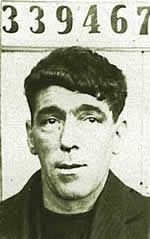
Frank Oliver Evans was a British Able Seaman of the RMS Titanic as part of its Deck Crew. He was known for being a survivor of the ship as well as being one of 18 crew members of the lifeboat drill.


















